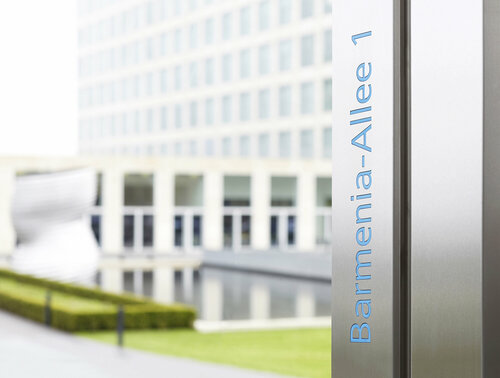- Company
- Company
- Press/Events
- Publications
 CompanyGet to know our company, learn more about our history and solution portfolio, find out about current events, news and press releases, study our publications.
CompanyGet to know our company, learn more about our history and solution portfolio, find out about current events, news and press releases, study our publications. - Products
- FTTO - Fiber To The Office
- Industrial Solutions
- Enterprise
- Optical Transport
- Smart Building Solutions
- Transceiver
- NMP Software
- Support / Service
 ProductsFind the right product for every area. Individually applicable and state of the art.
ProductsFind the right product for every area. Individually applicable and state of the art. - Solutions
- Applications
- Business Sectors
 SolutionsFiber optic technology from MICROSENS offers application-specific solutions on different levels
SolutionsFiber optic technology from MICROSENS offers application-specific solutions on different levels - Support
- Support
- Documentation
- Downloads
 SupportDo you have questions that our website, data sheets or commissioning instructions could not answer?
SupportDo you have questions that our website, data sheets or commissioning instructions could not answer? - How to buy
- How to buy
 How to buyWould you like an offer tailored to your needs? Simply contact our sales team and we will be happy to send you an offer. Below you can find contact details of our respective sales managers.
How to buyWould you like an offer tailored to your needs? Simply contact our sales team and we will be happy to send you an offer. Below you can find contact details of our respective sales managers. - Career
X

Customer Satisfaction
At MICROSENS, the satisfaction of our customers is our top priority. You will help us to become even better!
Start now










